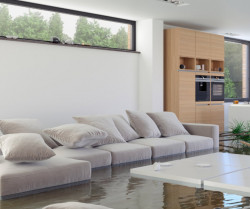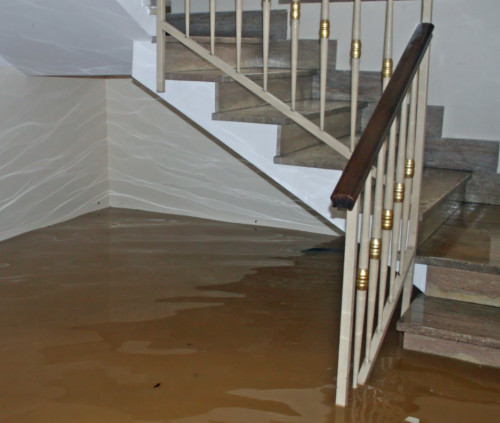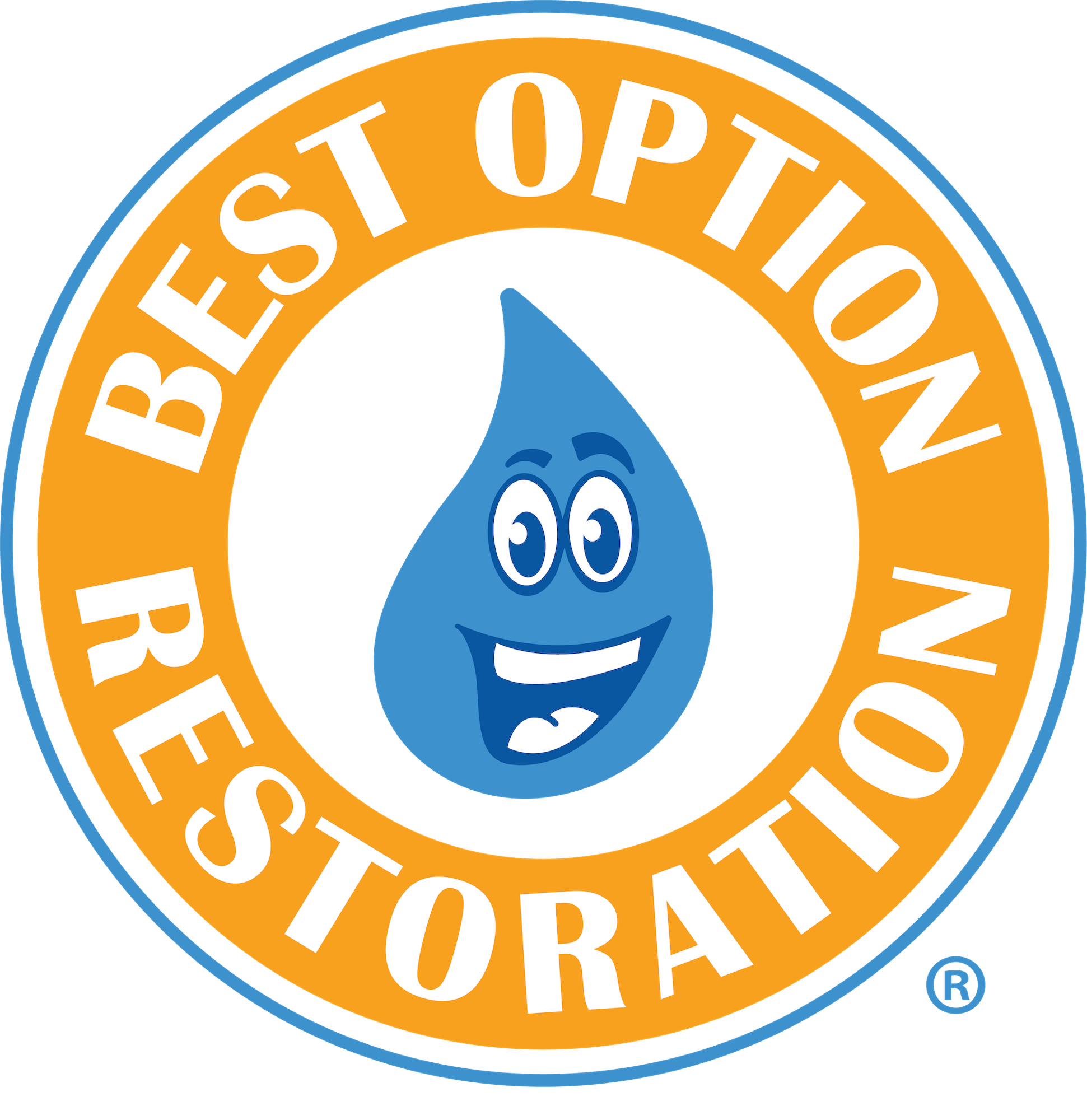Flood damage can be a nightmare, leaving behind a trail of destruction.
But what happens after the floodwaters recede?
That's where flood damage restoration comes into play. It's a complex process that involves assessing the damage, cleaning up the water, and restoring your property to its pre-flood condition.
This guide will walk you through the entire flood damage restoration process. From the initial assessment to the final steps of completion, we'll cover everything you need to know.
Whether you're a property owner dealing with flood damage or just curious about the process, this guide is for you.
Let's dive in and explore the world of flood damage restoration.
Understanding Flood Damage Restoration
Flood damage restoration is more than simply removing water. It's a thorough process of returning your property to its original state. It involves various steps, ensuring all damage is addressed and repaired.
Water restoration companies assess the damage, develop a plan, and use advanced techniques to restore the property. They tackle the visible and hidden damages to prevent future issues. From structural repairs to sanitization, each step aims to protect your property and health.
It's essential to understand that effective restoration requires trained professionals using the right equipment. This ensures your property is safe and secure once more.
Immediate Steps After Experiencing Flood Damage
Acting quickly after flood damage is crucial to limit risks. Start by ensuring everyone's safety. Leave the property if necessary.
Next, inform your insurance provider. This early alert can speed up claim processes and get assistance sooner. Documentation plays a key role, too.
Capture photos of the affected areas before beginning cleanup efforts. This helps in supporting your claims and understanding the damage scale. Don’t forget to prioritize safety.
Turn off electricity and gas to prevent accidents. These steps also minimize further damage risks. While waiting for professionals, there are basic actions to undertake:
- Remove as much excess water as possible.
- Lift furniture and belongings from water levels.
- Avoid using electrical devices in wet areas.
These measures help stabilize the situation until professional assistance arrives. Remember, quick actions can lessen water's damaging effects.
Health Risks and Safety Precautions

Floodwaters bring many health hazards due to contaminants. These can range from harmful bacteria to chemical pollutants. Always wear protective gear like gloves and masks.
One major risk is mold growth, thriving in wet conditions. Inhaling mold spores may cause health issues, so act quickly in dry areas. Limiting humidity can slow mold development.
Standing water poses significant dangers. It can host insect breeding, especially mosquitoes. Eliminate such water pools as swiftly as possible.
Additionally, contaminated water can cause skin infections. Avoid direct contact with floodwaters. Use waterproof boots and ensure cuts or wounds are covered to prevent infection.
Lastly, electrical hazards exist in wet areas. Avoid contact with electrical systems until they are checked by professionals. Turn off the power supply if it’s safe to do so. Always prioritize your safety and health when dealing with flood damage.
Assessing the Extent of Water Damage
Assessing water damage begins with a thorough visual inspection. Look for discolored walls, buckling floors, and damp areas. These can be signs of underlying issues.
Use moisture meters to detect dampness in hidden spots. They help find water behind walls or under floors. Spotting these early can prevent further structural damage.
Another tool is thermal imaging. It allows you to see temperature variations in your home. Cool spots could indicate areas affected by moisture.
Take note of any musty odors as these can indicate hidden mold growth. Identifying these areas early aids in effective remediation.
Finally, document all visible and detected damage. This information is crucial for insurance claims. Plus, it helps restoration professionals devise a precise recovery plan.
Categorization of Water Damage
Water damage comes in varying severity and types. Categorizing it helps decide the restoration approach. Each type poses different risks.
The three main categories of water damage are:
- Clean Water: from sources like broken pipes. It’s low risk if dealt with quickly.
- Gray Water: includes contaminants like soap or food particles. Found in appliances or dishwashers.
- Black Water: highly contaminated, and contains harmful bacteria, often from sewage or floods.
Understanding these categories is vital for proper treatment. Quick identification can mitigate potential hazards.
A professional evaluation can ensure accuracy in categorization. This leads to efficient and safe restoration processes.
The Cleanup Process: Water Removal and Drying
The cleanup process starts with removing standing water. This is crucial to prevent further damage and mold growth.
Powerful pumps and vacuums help eliminate excess water quickly. Speed is vital to reduce the chance of permanent damage.
After water removal, drying begins. Air movers and dehumidifiers are commonly used tools in this phase.
Proper air circulation is essential to dry out affected areas. It helps return humidity levels to normal.
Monitoring progress with moisture meters ensures the area dries completely. It also helps detect hidden moisture pockets.
Salvaging and Disposal of Damaged Items
Salvaging begins with sorting items based on damage level. Items contaminated by black water require special handling.
Professional guidance can identify valuables worth saving. Some materials, like certain furniture, may be restored with expert care.
Unfortunately, not everything can be saved. Heavily waterlogged items, such as carpets, might need to be discarded.
Proper disposal is crucial for environmental safety. Always follow local guidelines when disposing of water-damaged materials.
Disinfection and Sanitization
After removing water and debris, disinfection is essential. This step is crucial to prevent bacterial and mold growth.
Sanitization targets germs and contaminants that linger. It protects against health risks from floodwater exposure.
Professionals employ specialized cleaning agents for this task. These solutions are designed to kill harmful microbes effectively.
Thorough sanitization ensures a safe environment. It is a key measure in restoring your home to a healthy state.
Moisture Detection and Structural Restoration
Identifying hidden moisture is vital. It prevents future structural problems and mold growth. Advanced tools like moisture meters and thermal cameras help detect unseen water damage.
Once moisture is identified, restoration begins. Structural elements are assessed for damage. This ensures that the building remains safe and secure.
Reinforcement may be required to restore the building's integrity. This could involve repairs to walls, floors, or ceilings.
A thorough approach ensures all issues are addressed. Restoring structural soundness is a priority in flood damage restoration.
Reconstruction and Remodeling Considerations

Reconstruction may be necessary if the damage is extensive. It's crucial to return the property to its former condition. This often involves replacing damaged materials and structures.
Remodeling provides an opportunity for upgrades. Consider energy-efficient options or improved layouts. These can add value and resilience to your property.
Balance practicality and aesthetics when deciding on changes. Consult with professionals to ensure quality results. These improvements can enhance both safety and comfort.
Working with Restoration Professionals
Choosing the right restoration professional is crucial. They bring expertise and specialized equipment. This ensures an efficient and thorough restoration process.
Verify that your chosen professional is licensed and insured. This protects you from potential liabilities. It also assures quality workmanship.
Clear communication with the restoration team is important. Discuss expectations and timelines upfront. This helps to prevent misunderstandings and delays.
Working with an experienced team offers peace of mind. They follow industry standards and best practices. This ensures a safe and effective restoration.
Insurance and Documentation for Flood Damage Claims
Proper documentation is key for insurance claims. Photograph all damage immediately. Take clear and detailed pictures for evidence.
Keep all receipts related to repairs. This includes temporary housing costs or material purchases. These documents support your claim.
Contact your insurance provider promptly. Understand the specific coverage and process. Clear communication helps prevent claim issues.
Be detailed when filling out claim forms. Include all necessary information and documentation. This ensures a smoother claim process.
Final Inspection and Preventive Measures
A thorough final inspection ensures complete restoration. Check for overlooked damages and ensure repairs are adequate.
Use moisture detectors to find hidden water. This prevents future mold issues. Professionals often employ advanced technology for this task.
Preventive measures can minimize future damage risks. Consider installing sump pumps and backflow valves. These devices help protect against future flooding.
Ongoing maintenance is crucial. Regularly inspect and repair vulnerable areas. This proactive approach can save time and costs.
Ensuring a Thorough Restoration
Flood damage restoration is a comprehensive process. It requires attention to detail and timely action. Each step, from assessment to completion, is crucial.
Collaborating with professionals ensures a successful outcome. Their expertise and specialized equipment are invaluable. Protect your property by prioritizing thorough restoration efforts.
For expert flood restoration and water clean up services in Lakewood, contact Best Option Restoration of Lakewood today!
